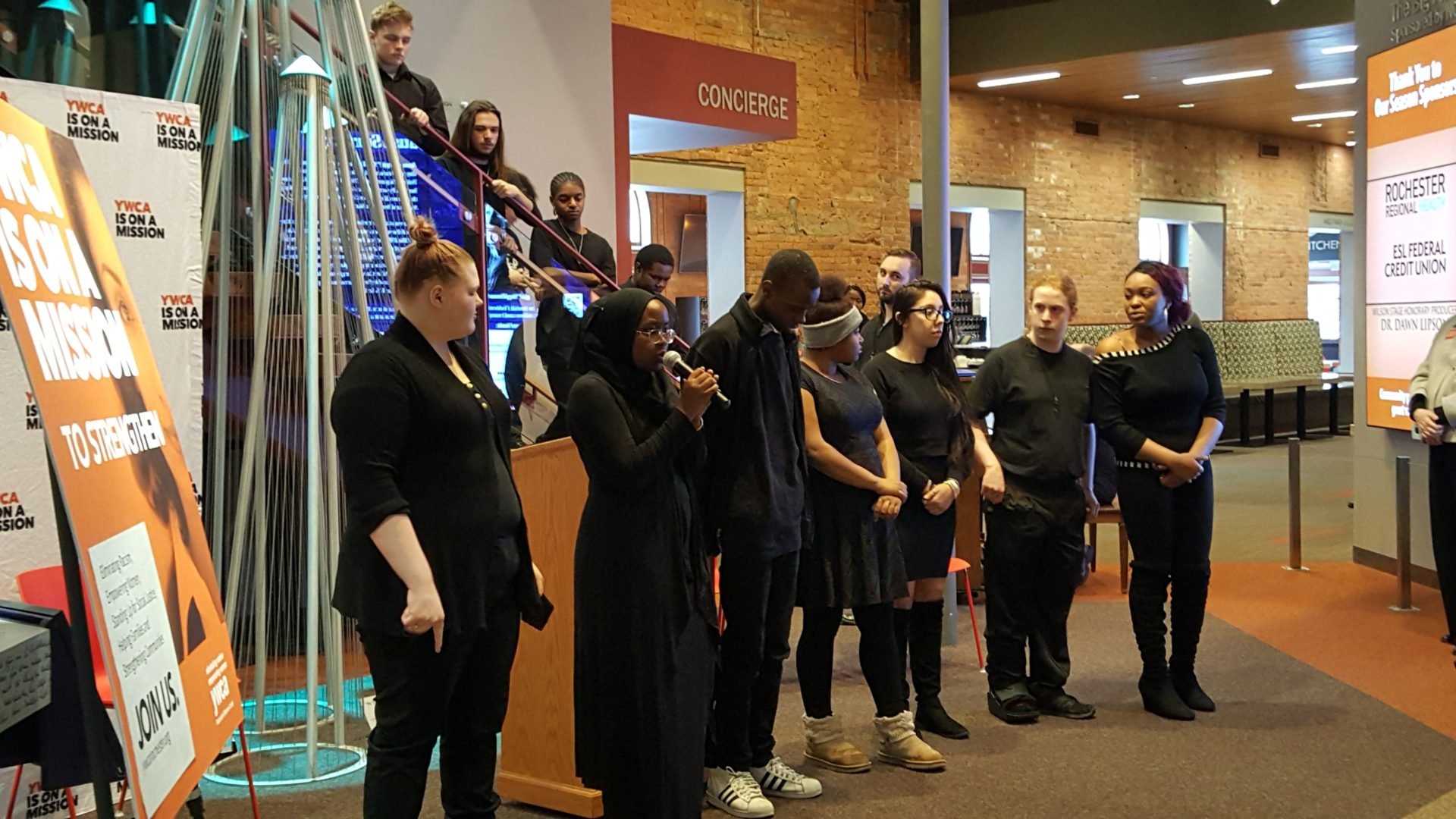YWCA is on a mission and YWCA of Rochester & Monroe County is making it our own!
To empower women and eliminate racism, we must meet our clients where they are most vulnerable and provide the compassion and services that place them on a path to self-sufficiency and prosperity.
Our vision is that all women and their families can achieve their full potential in a world without discrimination.
This requires a focus on the future, anticipating the needs of our clients, and creating innovative solutions to the problems they most often face – poverty, unsafe living conditions, lack of reliable and affordable childcare, and under- or unemployment.
We are evolving our services to meet the changing needs of our clients today and in the future.
We remain rooted in rich history, but our approach to serving our clients is holistic, strategic and innovative.
Nationally, YWCA advocacy issues include lobbying for pay equity and hate crimes legislation, increased funding for Head Start and passing the Violence Against Women Act. Locally, through our programs, we are changing lives and restoring hope for women, their families, and our community!
Safe, Supportive Housing ↘
The loss of a job, foreclosure, a relationship that turns abusive, unexpected medical bills, disability, addiction, family crisis – these are just some of the reasons why women and their children turn to YWCA. YWCA offers the broadest continuum of housing programs to ensure women and families move from homelessness to long-term stability.
-

Emergency Housing
-

Affordable Housing
-

S.W.I.F.T.
-

Steppingstone Supportive Living Treatment Program
Racial Equity ↘
A fundamental belief of the YWCA is that women cannot be empowered unless we address the issues of race and racism and fight for equity for ALL.
-

Equity Through Development
-

Racial Equity Challenge
Community Outreach ↘
Each year, our Young Adult Services prepares hundreds of young people to lead healthy, productive and self-sustaining lives.
-

Health Homes
-

Youth Adult Services
-

Black Chestfeeding Initiative


